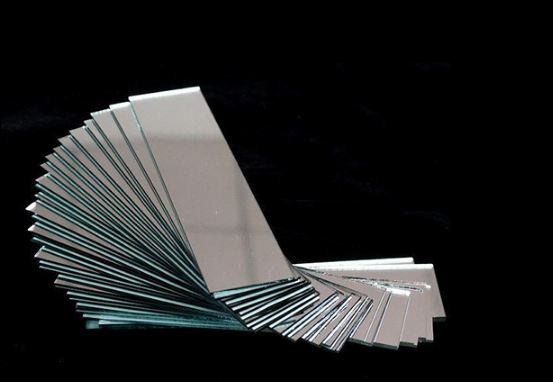Enterprise name:Huaian Dong Sheng Photoelectric Instrument Co., Ltd.
Contact: Wang Li
Telephone:0517-83852182
Mobile phone:15252390568
Mailbox:976723966@qq.com
Fax:
Address: No. 9, Haikou Road, Huaian economic and technological development area.
Website:www.zgdsgd.cn
Hello, everyone. The following optical lens manufacturer introduces a popular optical glass knowledge. The materials used for making astronomical telescope lenses are mainly three categories: optical glass, optical resin and natural materials.
Optical glass material
(1) optical glass overview of the astronomical telescope lens material is mainly composed of oxide, such as silica, three boron oxide, five phosphorus oxide, sodium oxide, potassium oxide, calcium oxide, barium oxide, Magnesium Oxide, Zinc Oxide, alumina and so on. After melting at high temperature, the raw materials are cooled into a uniform, transparent, brittle and non crystalline material. Glasses glass mainly uses optical glass materials, which can be divided into two categories: colorless and coloured optical glass. There are many kinds of optical glass, which can be classified into two types: crown glass and flint glass according to the refractive index or Abbe number of colorless optical glass. The most obvious difference between the two is that the refractive index of the crown glass is low, generally between 1.49~1.53, and the refractive index of flint glass is high, about 1.60~1.80. On the basis of Abbe number 50, the Abbe numbers above 50 are all kinds of coronal glass, and Abbe numbers below 50 are all kinds of flint glass. The glasses made of coronal glass materials include optical white, Coru lens, chameleon lenses, and various colored glass lenses, while the Firestone materials are mostly used for double lenses and all kinds of "ultra thin lenses".

(two) the properties of optical glass. The properties of optical glass mainly include optical, chemical, thermal and mechanical properties. Optical properties, such as refractive index, transmittance and dispersion coefficient, are the most important optical constants of optical glass. The refractive index is measured on the basis of yellow light of wavelength 587.6nm, and it is one of the constants that determine the refractive power of lenses. The dispersion coefficient is an important index to measure the definition of the lens. It is usually expressed by the reciprocal of the dispersion coefficient, also known as the Abbe number. The larger the Abbe number, the smaller the dispersion. On the contrary, the smaller the Abbe number, the greater the dispersion and the worse the image clarity. Transmittance is an important indicator of clarity. The transmittance of colorless optical glass to visible light should be over 92%. The higher the transmittance, the clearer the object is. Chemical properties, chemical stability, generally refer to the corrosion resistance of lenses to chemical substances such as water, acid, alkali solution and polishing agent during processing or use. Because these chemicals can interact with glass, so that the surface roughness of the lens changes and affects the service life. Thermal properties mainly include thermal expansion coefficient, thermal conductivity and thermal stability. The thermal expansion coefficient of optical glass is much lower than that of metallic materials, so optical glass is not easy to deform. In winter, when wearing glasses to enter the room from the open air, the surface of the lens often condenses a layer of water vapor, which is due to the fact that the thermal conductivity of optical glass is very small. Thermal stability refers to the failure of glass to rupture at severe temperature changes. It is related to thermal expansion coefficient and thermal conductivity. Generally thermal conductivity is large or thermal expansion coefficient is small, and thermal stability is good. Mechanical properties mainly include specific gravity (density), hardness, surface tension and elastic coefficient. Specific gravity and hardness are very important parameters in glasses glass. The proportion of general optical glass is relatively large, and the specific gravity and refractive index have a certain relationship. The greater the refractive index, the greater the weight of the lens. The surface of optical lenses requires a certain degree of hardness. Hardness not only affects the service life, but also directly affects the quality and speed of grinding.